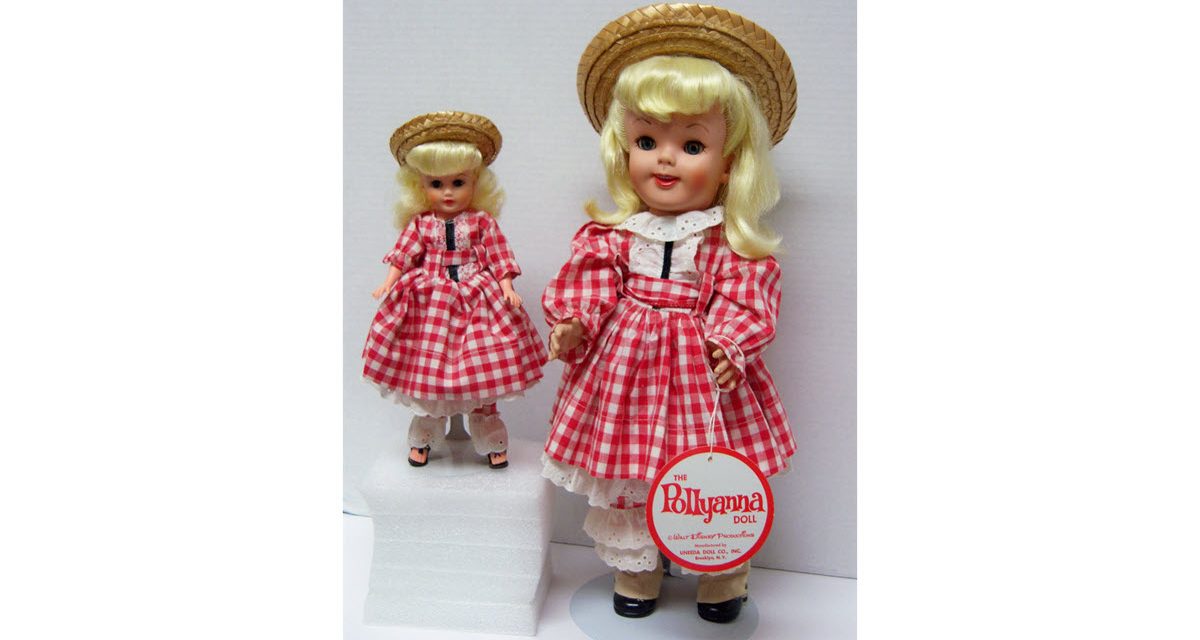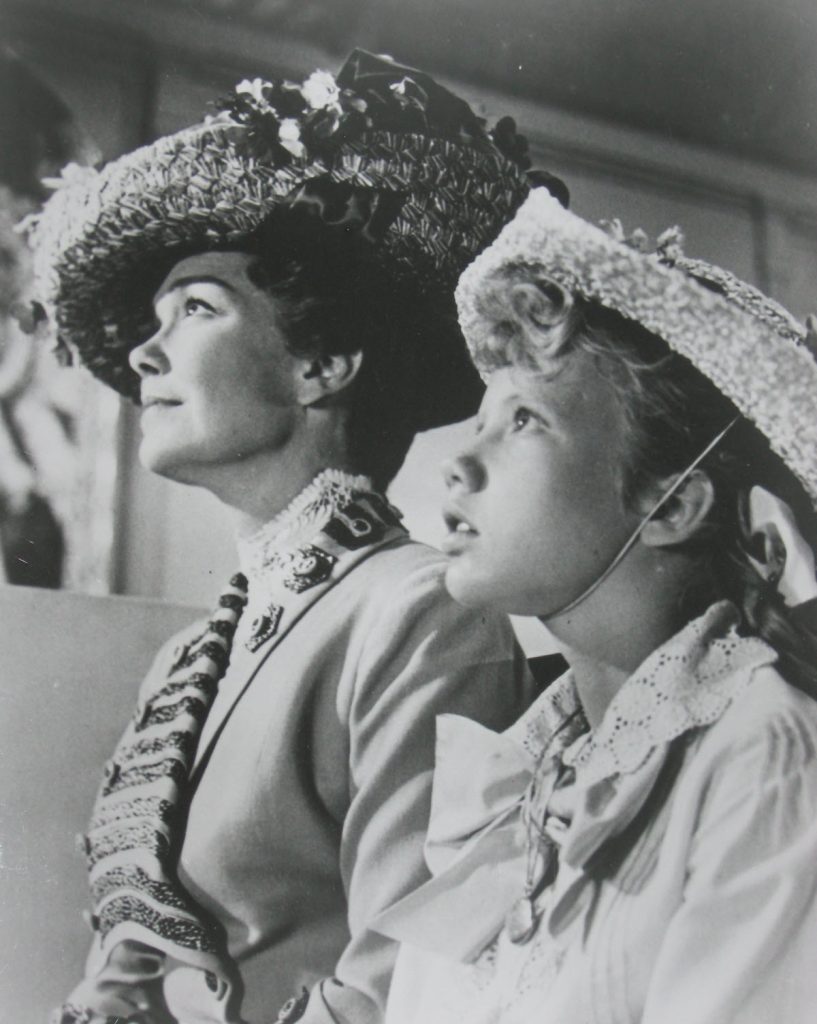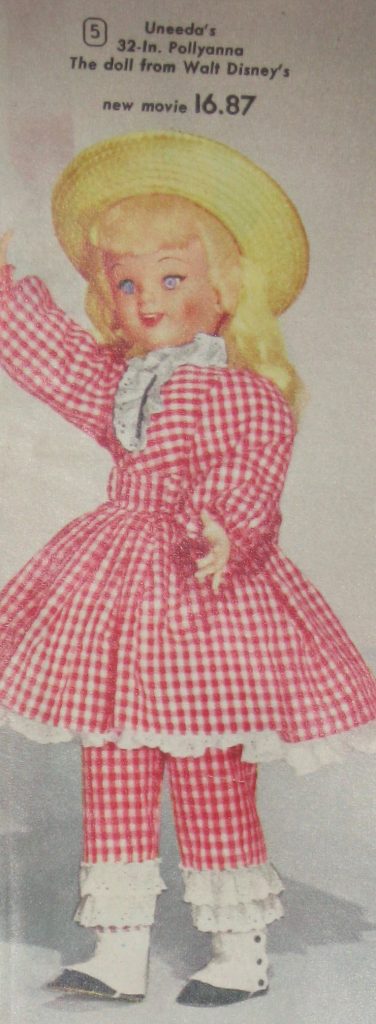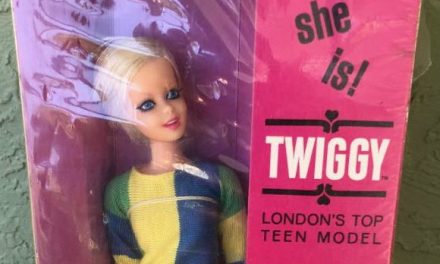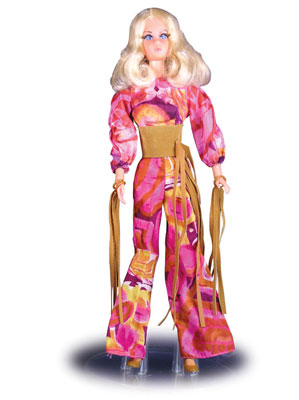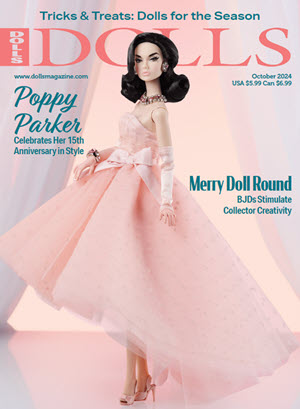By A. Glen Mandeville
Dolls and memorabilia courtesy of Tony Poe and A. Glenn Mandeville Photography by Mike Marquez and Richard Chapman Technical assistance by Richard Chapman
One of the Uneeda Doll Company’s earliest hits was its Rita Hayworth doll dressed as Carmen. While not top quality, it used a big name to sell the doll. After that, the company mainly devoted itself to play dolls — many of which are collectibles in their own right. Disney’s 1960 film adaptation of “Pollyanna,” starring Hayley Mills, saw Uneeda venture into a licensed doll once more, this time using vinyl.
Young Hayley Mills, who played the title character in the film, and actress Jane Wyman, who played Pollyanna’s stern aunt, were perfect in their roles. The movie today still enjoys popularity with young and old alike, and Mills quickly became popular as a child star at the Disney studios, as well.
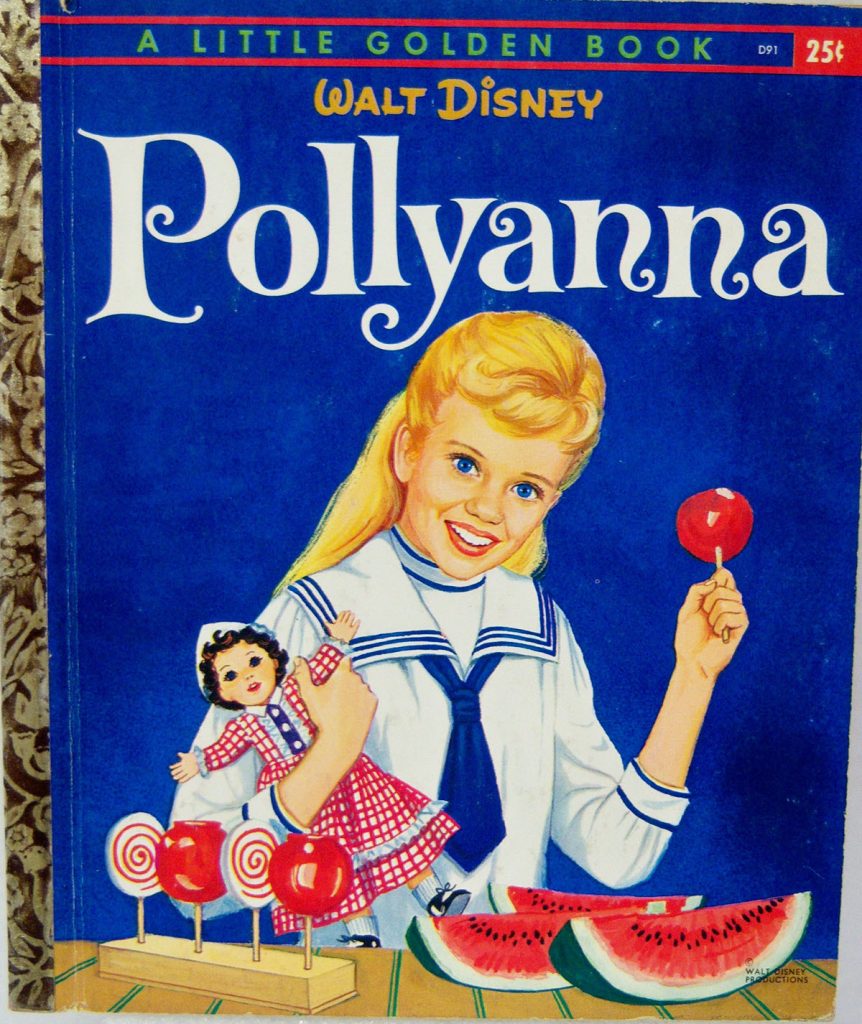
The Uneeda Company was quick to notice her popularity with American audiences and obtained the rights to make a Pollyanna doll, hoping the tie-in would pay off. It did, and the doll was issued in three sizes. The smallest size was the 10 ½-inch size made popular by such dolls as Ideal’s Little Miss Revlon. The 17-inch size had rooted blond hair and sleep eyes. It was dressed in lace-trimmed gingham with pantaloons and a straw hat. The largest, 32-inch doll played off the popularity of the “companion” doll craze exemplified by Ideal’s Patti Playpal. All three dolls today are popular with collectors and are difficult to find.
After “Pollyanna,” Mills went on to make other films for Disney, most notably “The Parent Trap,” “Summer Magic,” and “The Moon Spinners,” among others. Today she will always be remembered for her role in “Pollyanna,” which left us with three collectible dolls and many fond memories!
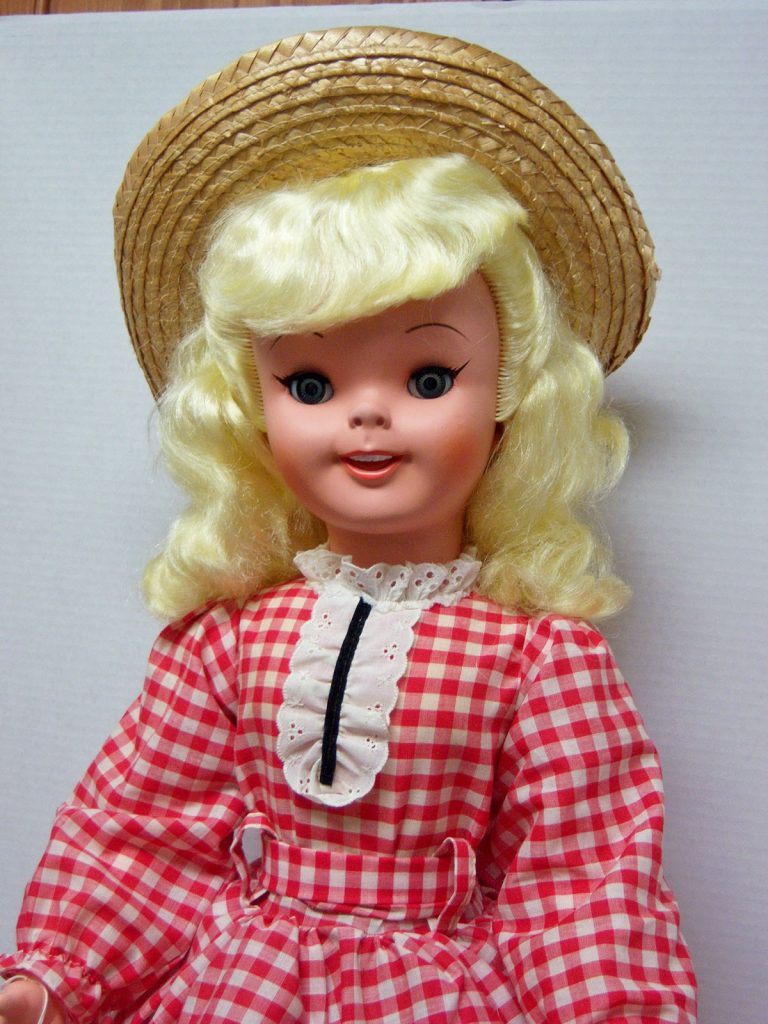
Uneeda Doll
The Uneeda Doll Company, which celebrates its 100th anniversary this year, was founded on the principle of making dolls that children could enjoy as well as dolls for the collector. When the company was founded back in 1917, the era of the composition doll had changed the dollmaking industry, moving away from porcelain towards the mix of glue and sawdust or wood pulp. Composition in turn gave way to the plastic and vinyl that’s still used for play dolls — and many collectible dolls — today.
A. Glenn Mandeville is the author of numerous books on dolls and doll collecting and writes his Curious Collector column for each issue of DOLLS magazine.

